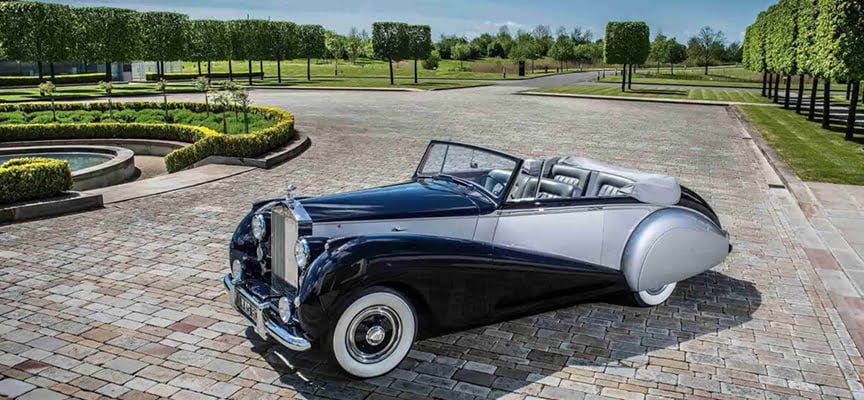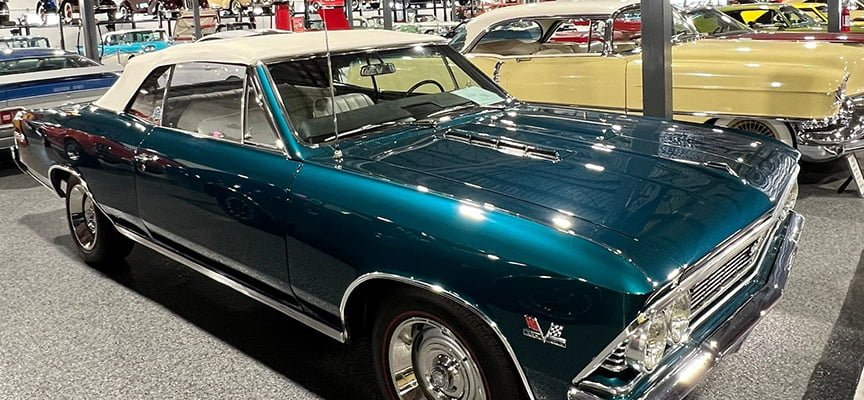From the earliest days of the automobile, cars have had a profound impact on popular culture. From the movies we watch to the music we listen to, cars have been a constant presence in our entertainment and artistic pursuits. They have symbolized speed, freedom, and adventure and served as vehicles for our wildest dreams and aspirations. Car museums can transport you back in time and entertain you with captivating comparisons between vintage and contemporary automobiles.
In this blog post, we will explore how cars have shaped pop culture over the years. We will examine how cars have been used in movies, music, and art, and we will speculate on how they might continue to shape our cultural landscape in the years to come.
Also Read: How Yesterday’s Auto Gallery Is Preserving History For Future Generations
The Role Of Cars In Movies
Cars have had a significant role in movies since the automobile’s inception. Movie makers have used cars to convey a sense of speed, danger, and excitement on screen. The sound of a car engine revving and tires screeching has become synonymous with thrilling chase scenes and high-speed action sequences. Many car museums and auto galleries feature exhibits that showcase famous movie cars that have become cultural icons.
One iconic example is the car chase scene in the 1968 film Bullitt. The scene, which takes place on the hilly streets of San Francisco, features a high-speed pursuit between two muscle cars, a Ford Mustang, and a Dodge Charger. The scene is renowned for its realism and intense energy and has become a classic example of the use of cars in movies.
Another example is the DeLorean time machine from the Back to the Future franchise. The DeLorean has become an instantly recognizable symbol of the movies and a beloved cultural icon. Its sleek stainless-steel body, gull-wing doors, and futuristic design have made it a popular exhibit in many car museums and auto galleries.
Cars have also been used in movies to represent characters and personalities. For example, the 1958 Plymouth Fury named Christine in the movie of the same name takes on a life of its own as a possessed, homicidal car. The car becomes a character in its own right, representing evil.
The Role Of Cars In Music
Cars have been a recurring theme in popular music for decades, from the rock and roll era to modern-day hip-hop. Cars have been used as a metaphor for freedom, independence, and rebellion, and they have inspired countless musicians and songwriters. Many car museums and auto galleries showcase exhibits that highlight the relationship between cars and music.
One example of a famous car-related song is “Mustang Sally” by Wilson Pickett. The song, which was first released in 1966, is about a woman who loves her Mustang car more than her boyfriend. The catchy tune and memorable lyrics have made it a classic in both R&B and rock genres.
The Role Of Cars In The Arts
Cars have been a subject of artistic expression for many years, from paintings to sculptures, and have been used to comment on a wide range of social and political themes. Artists have used cars to explore consumer culture, environmental issues, and the impact of technology on society, among other themes. Many car museums and auto galleries feature exhibits that showcase the artistic representation of cars, highlighting the intersection of art and technology.
The Future Of Cars In Popular Culture
As technology continues to advance, cars will likely continue to play a significant role in shaping popular culture in the future. Electric and autonomous cars, in particular, are likely to have a significant impact on the way we think about cars in popular culture.
One way that electric and autonomous cars might change popular culture is by shifting our focus away from traditional ideas of speed and power and towards ideas of sustainability and innovation. Electric cars are already beginning to make inroads into the mainstream, and as they become more common, they may be seen as symbols of progress and environmental responsibility.
Similarly, the rise of autonomous cars may change how we think about cars in popular culture, as they challenge our traditional ideas of what it means to drive a car. As autonomous cars become more common, we may begin to see them as symbols of efficiency and safety rather than symbols of freedom and individuality.
Moreover, the increased interest of the public, especially the younger generation, in car events shows that cars are here to rule the popular culture concept for the foreseeable future.
About Us
Yesterday’s Auto Gallery is a passion project that began as a small collection of classic cars and has grown into a museum dedicated to preserving automotive history. Our team is made up of car enthusiasts who are committed to sharing their love of cars with future generations. We strive to create an immersive experience for visitors showcasing classic automobiles’ beauty and craftsmanship.
Contact us for private bookings, automobile storage, retail booths, events, and more!





